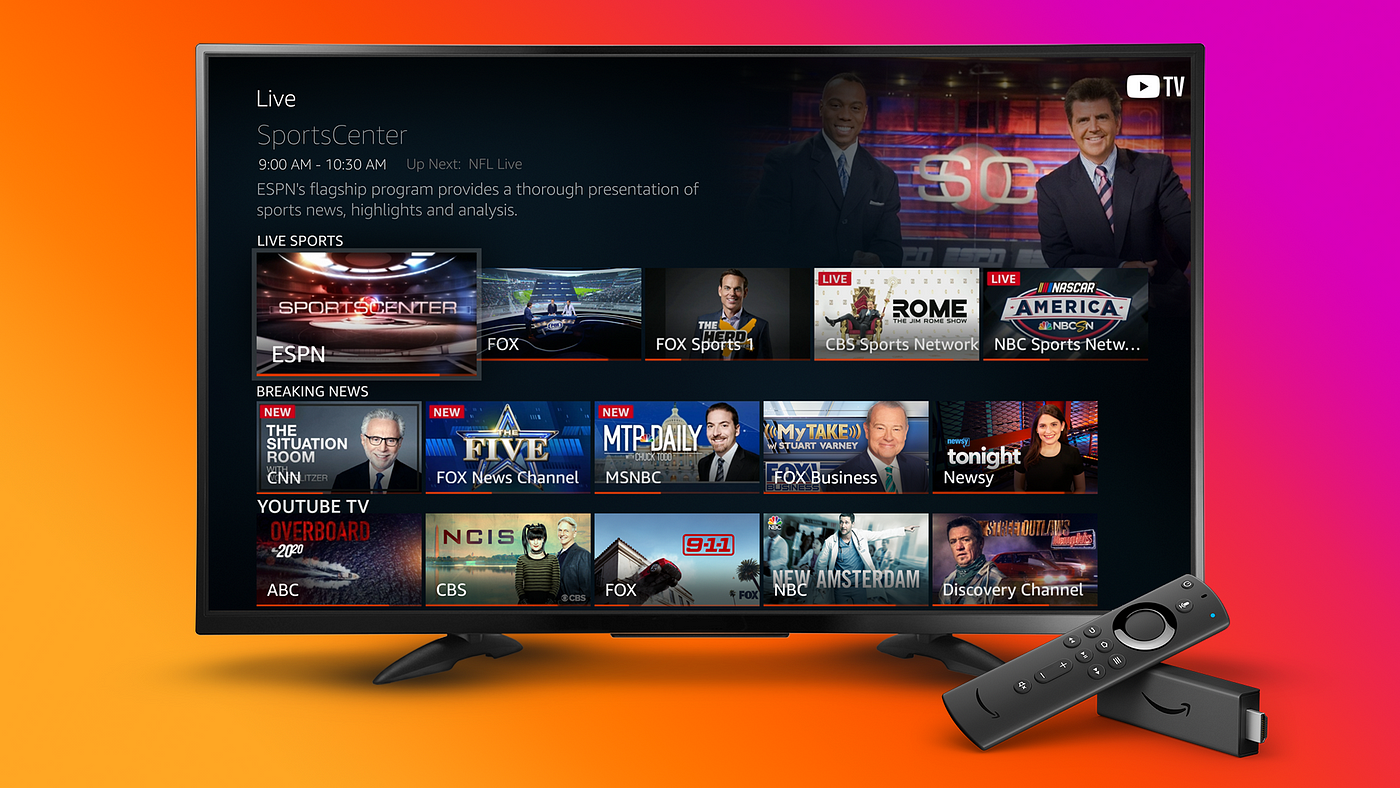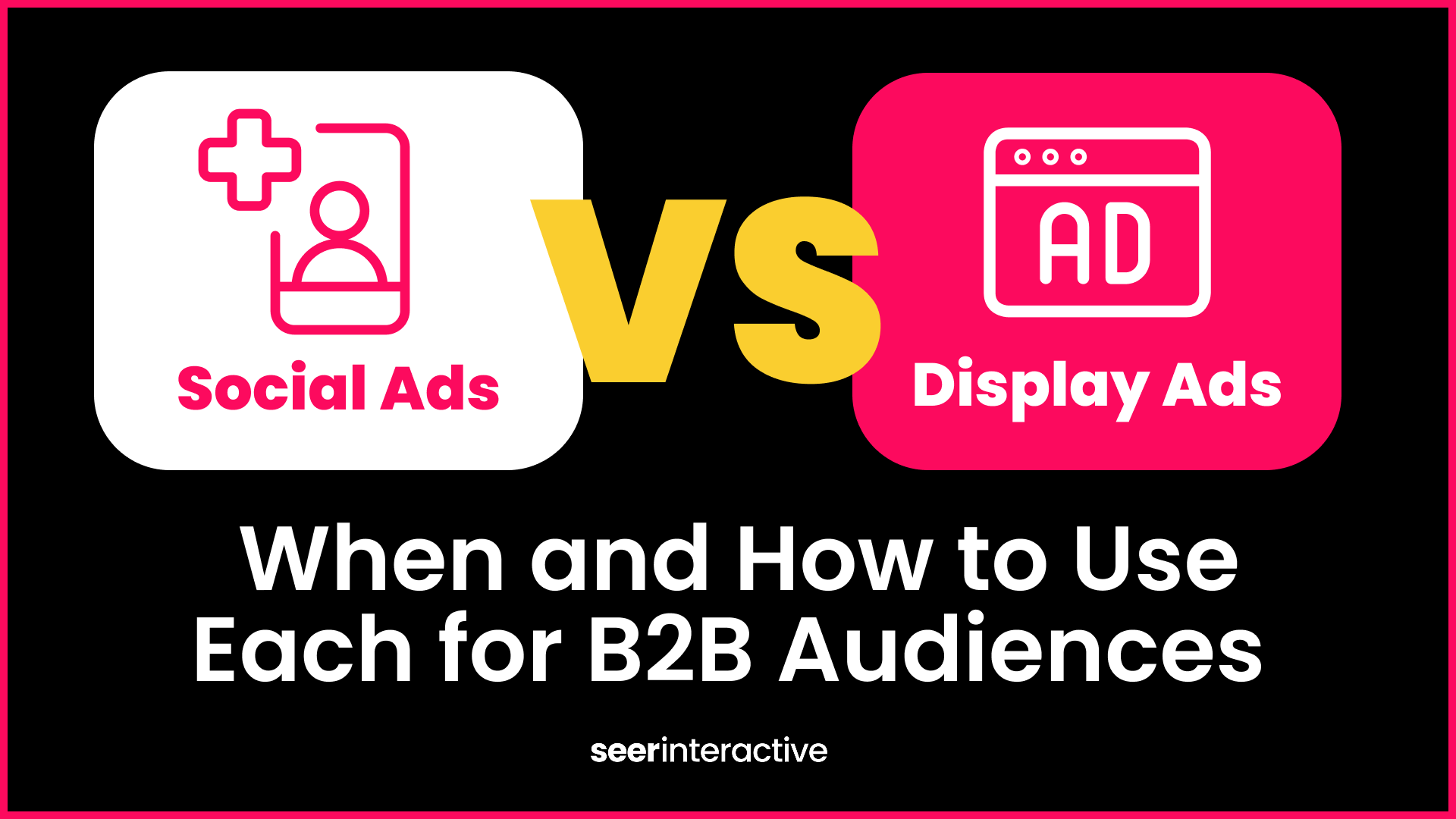Shopping has never been the same since Amazon has become a staple in most people’s lives. Not only is it a behemoth in the ecommerce space , it is also becoming a search engine in itself with growing market share of ad revenue 19% YoY, slowly taking from Google’s share (eMarketer Who will win digital advertising’s ‘Game of Thrones’? Dec 22). Now with even more ad formats, Amazon should not be overlooked.
You may be familiar with a few of these ad formats, and most notably a storefront on Amazon but there are many more formats you may not be aware of; most of them carrying the power of Amazon audience data. Seer has partnered with Podean to compile a user guide of Amazon advertising options. We will cover:
-
Sponsored Products
-
Sponsored Brands
-
Sponsored Display Ads
-
Sponsored Brand Video Ads
-
DSP Display Ads
-
OTT
Sponsored Products
Sponsored Product ads are Amazon's most popular ad type and make up a large portion of ad placements, appearing in search results and on product detail pages. These ads are designed to drive sales by showcasing your product at the top of search results.
How it Works:
Sponsored Product ads appear in search results and on product detail pages for desktop and mobile. Regardless of location, shoppers can click on the ad to view the featured product’s detail page and make a purchase. Sponsored Product ads are available to both sellers and vendors.
What it Looks Like:
A Sponsored Product ad features your product image, title, star rating, number of reviews, price, delivery window, and a sponsored tag.
How to Target:
You can target shoppers who are searching for related searches and products through automatic, keyword, individual product, and category targeting. There is no control over delivery for desktop vs mobile.
Core Features:
Sponsored Product ads are designed to drive sales by showcasing an individual product listing. This ad type is not customizable but is retail-aware, meaning they will pause if the product is out of stock or unavailable.
[TIP] Sponsored Product ads do not support Amazon audience targeting, CRM or pixel data integration.
Placements:
Typically, these ads make up the first one to three spots on the search results page and then are sprinkled throughout the results as you scroll down the page. For product detail pages, they are typically found in sponsored carousels below the product details.
Pricing Model:
Sponsored Product ads use a cost-per-click (CPC) pricing model.
Measurement:
Sponsored Product ads offer baseline performance metrics such as impressions, sales, and return on ad spend (ROAS). For vendors, the purchase attribution window is 14 days, attributed to the day of the click. For sellers, the purchase attribution window is 7 days.
Tests and Potential New Features:
Amazon is testing the ability for shoppers to view videos and click through images in Sponsored Product ads.
[TIP] Sponsored Products rely on product information so make sure your PDP images are high-quality and your product titles are relevant as they will be pulled into the ad. Also, make sure your product is in stock and competitively priced to ensure maximum visibility and sales.
Sponsored Brand Ads
Sponsored Brand ads are Amazon's top-of-the-funnel ad type that appears at the top of search results, highlighting your brand and a selection of your products. This helps customers discover your brand & product selection by showcasing more of your catalog than Sponsored Products. Sponsored Brand ads are available to vendors and sellers registered in Amazon Brand Registry.
How it Works:
Sponsored Brand ads appear at the top of the search results when a shopper searches for a keyword related to your product or brand. Shoppers can click on the ad to view your brand's store (or custom landing page) and featured product detail pages. This ad type is available on both desktop and mobile, but there is no control over delivery.
What it Looks Like:
A Sponsored Brand ad features your brand logo, a headline, and up to three products or sub-pages if using the Spotlight format. A custom image can also be applied to draw higher engagement.
How to Target:
You can target shoppers who are searching for related searches and products through keyword, individual product, and category targeting.
Core Features:
You can showcase up to three products or store pages in your ad along with your brand logo and a custom headline. You can also apply a custom image to product collection formats.
[TIP] Brand ads do not support Amazon audience targeting, CRM or pixel data integration.
Placements:
Sponsored Brand ads appear at the top of the search results on Amazon.com.
Pricing Model:
Sponsored Brand ads use a cost-per-click (CPC) pricing model.
Measurement:
Sponsored Brand ads offer baseline performance metrics such as impressions, sales, and ROAS, as well as new-to-brand metrics. The purchase attribution window for Sponsored Brand ads is 14 days, attributed to the day of purchase for both vendors and sellers.
[TIP] Make sure your product detail page (PDP) images are high-quality, as they will be pulled into the ad. Sponsored Brand ads do not pause if a product is out of stock, losing buy box or unavailable, unless all featured products are out of stock. Also, make sure your product is listed in your brand store if linking to a stores page. Otherwise, you won’t be able to advertise the product.
Sponsored Display Ads
Sponsored Display ads are Amazon's display ad type that appears on PDPs, the SERP, and on the Amazon home page, as well as on 3rd party sites on desktop, mobile sites, and apps.
How it Works:
Sponsored Display ads appear in display ad formats on and off Amazon based on selected targeting. These ads offer the ability to have audience or contextual targets. There is no minimum spend and it is self-serve. A great option for non-endemic brands.
What it Looks Like:
At the minimum, Sponsored Display ads feature the product image, title, star rating, price, and Prime eligibility. There is the ability to customize SD ads to include a logo, headline, and/or a custom image.

Source: Amazon
How to Target:
For audience targeting, advertisers can retarget users who have viewed or purchased their advertised ASINs. There is also the ability to target In Market, Lifestyle, Life Event, or Interest-based audiences, created by Amazon based on web activity.
For contextual targeting, advertisers can choose which ASINs they would like to display ads on the PDP for, whether as a brand defense or competitor conquesting strategy. Advertisers can also select specific categories to target, if wanting to cast a wider net. You may also target users who have viewed PDPs of products similar to the ASINs being advertised.
Pricing Model:
Sponsored Display ads use a CPC or CPM pricing model depending on the optimization strategy.
Measurement:
Sponsored Display ads offer baseline performance metrics such as impressions, sales, and ROAS, as well as new-to-brand metrics. The purchase attribution window for Sponsored Display ads is 14 days, attributed to the day of purchase.
Tests and Potential New Features:
Amazon is testing the ability for shoppers to view videos and click through images in Sponsored Display ads.
[TIP] Make sure your product detail page (PDP) images are high-quality, as they will be pulled into the ad. If DSP ads are running for an advertiser, ensure there is no overlap in audience targets to avoid oversaturation of ads.
Sponsored Brands Video Ads (SBV)
Sponsored Brand Video ads increase customer engagement with your brand through descriptive, compelling product-centric videos.
How it Works:
Sponsored Brand Video ads appear on the Amazon search results page about ⅓ down the SERP. SBVs linked to stores are eligible for premium top-of-search placements. Sponsored Brand Video ads show on both mobile and desktop devices and link to the product detail page (PDP) of the featured ASIN or store page.
How to Target:
You can target shoppers using keyword targeting or product targeting however Sponsored Brand Video ads do not support Amazon audience targeting which is why tech support can be important. Eligible partners for Sponsored Brand Video ads include PacVue, Perpetua, and others.
Core Features:
Sponsored Brand Video ads do not pause if a product is losing the buy-box but will pause if the product is out of stock or unavailable. This placement also features the ability to upload custom video assets. Sponsored Brand Video ads also feature a Video Creative Builder for creating product-centric videos.
[TIP] To access Sponsored Brand Video Ads you must be a vendor and/or seller registered in the Amazon Brand Registry.
Pricing Model:
Sponsored Brand Video ads use a CPC pricing model.
Measurement:
Sponsored Brand Video ads offer baseline performance metrics such as impressions, sales, and ROAS, as well as new-to-brand metrics. The purchase attribution window for Sponsored Brand Video ads is 14 days, attributed to the day of purchase for both vendors and sellers.
Tests and Potential New Features:
Amazon is testing the ability for shoppers to view videos and click through images in Sponsored Product ads.
[TIP] Make sure your product pages have high-quality images as they will be pulled into the ad. Also, ensure your product is listed in your brand store for maximum visibility.
DSP Display Ads
DSP Display ads allow you to reach shoppers on and off Amazon to grow your brand. They appear both on Amazon-affiliated sites such as IMDb and Twitch, and across the web on leading publishers' sites through Amazon Publisher Services and third-party exchanges. DSP Display ads can link to PDPs, store pages, or link out to off-Amazon sites and are not retail-aware therefore will continue to run regardless of product availability.

Source: Amazon
How it Works:
Display ads are available as self-service or managed-service options, and require a minimum spend of $25k for managed-service. They are available to vendors and sellers as well as companies which are interested in link out campaigns
Eligible partners for DSP Display ads include PacVue, Perpetua, and others.
How to Target:
DSP Display ads offer a range of targeting options, including contextual targeting (products and categories), audiences (Amazon based lifestyle or interests), and programmatic advertising. DSP Display ads support Amazon audience targeting such as pixel, CRM, Amazon based consumer interests, or lifestyle audiences
Core Features:
DSP Display ads offer the flexibility to upload your own static imagery or to have dynamic creative based on the information that lives on a product's PDP.
[TIP] DSP Display ads support CRM and pixel data integration.
Placements:
DSP Display ads appear both on Amazon-affiliated sites such as IMDb and Twitch, and across the web on leading publishers' sites through Amazon Publisher Services and third-party exchanges. DSP Display ads show on both mobile and desktop devices, where you have control over delivery.
Pricing Model:
DSP Display ads use a CPM pricing model.
Measurement:
DSP Display ads offer baseline performance metrics such as impressions, sales, and ROAS, as well as new-to-brand metrics. DSP Video ads have video completion rate metrics as well. The purchase attribution window for DSP Display ads is 14 days, attributed to the day of purchase for both vendors and sellers.
[TIP] Ensure that you have high-quality product images and that your targeting is specific enough to avoid wasted spend. Also, ensure that your ad creative is optimized for each ad format. These ads are not retail aware so ensuring products advertised have buy box win rates.
OTT (Over-The-Top) Ads
OTT (Over-The-Top) ads allow you to reach customers on their connected TV devices. These ads can be displayed before, during, or after video content on Amazon video platforms, such as on IMDb TV, Amazon Publisher Services broadcaster and network apps, live sports, Twitch, and the News app on Fire TV.

Source: Amazon
How it Works:
TT ads are available as self-service or managed-service options, and require a minimum spend of $35k for managed-service. Eligible partners for OTT ads include PacVue, Perpetua, and others.
How to Target:
OTT ads offer audience targeting such as Amazon based lifestyle or interests, CRM, Pixel based audiences, and audiences based on consumers past viewing behavior
Core Features:
OTT ads offer the flexibility to upload your own video or to create one within the DSP ad console. It is recommended to upload your own video if you are running this ad format.
[TIP] OTT ads support pixel data integration but the volume will be small as the connectivity between devices is historically low.
Placements:
OTT ads are displayed on connected TV devices, such as Amazon Fire TV and Roku.
Pricing Model:
OTT ads use a CPM pricing model.
Measurement:
OTT ads offer baseline performance metrics such as impressions, sales, and ROAS, as well as new-to-brand metrics. They also support video completion rate metrics. The purchase attribution window for OTT ads is 14 days, attributed to the day of purchase for both vendors and sellers. This attribution is view through only as there is no option to click though the ad.
[TIP] Ensure that your ad creative is optimized for each ad format, and that your targeting is specific enough to avoid wasted spend. Also, be aware of the high minimum spend for managed-service options.
Conclusion
In addition to the ad types mentioned above, Amazon offers a range of other advertising products to help businesses grow their brands and reach customers. These include display ads on Amazon boxes, trucks, and in-store displays, as well as audio ads on the free tier of Amazon Music across Alexa-enabled devices, including Echo and Fire TV, and on mobile and desktop. Amazon also offers online video ads, which can appear in both in-stream and out-stream formats, across browser and app, on devices such as desktop, mobile, and tablet. With these additional ad products, businesses can further expand their reach and engage with customers in new and innovative ways, both on and off Amazon.
This blog was written in partnership with Podean. Seer Interactive partners with Podean to help clients with robust Amazon offerings and storefront options.
Want more posts like this? Subscribe to the Seer Newsletter:



